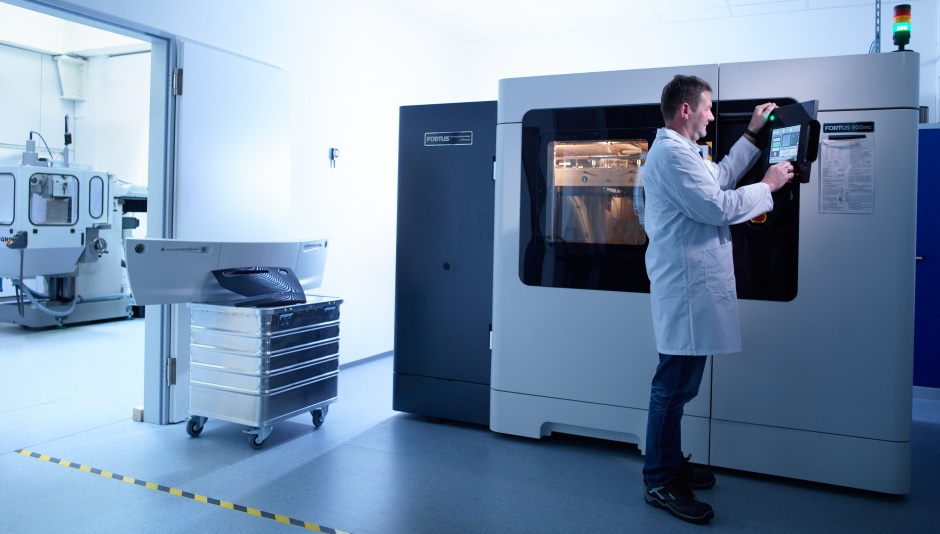
The company remains committed to the UK as recent investments - £200m into a rail manufacturing facility, and £27m toward a new 3D printing factory – show.
Despite its size and reach, Siemens is no different to any other manufacturer that has seen – and seized – the opportunities brought about through Industry 4.0 and the digitalisation technologies that have made it happen.
In his ‘New skills for the Digital Era’ presentation at MACH 2018, Alan Norbury, Siemens Industrial CTO, gave delegates an insight into how they can embrace – or improve upon - Ind 4.0 and the skills challenges that lay ahead inside the digital factory.
For the majority of manufacturers, Ind 4.0 will be implemented as a series of modifications to plant and processes. Turning standalone items of machinery into IoT devices is relatively straightforward if those pieces of machinery have a suitable port that connects them to the internet.
As Norbury explained, connected devices are just one piece of the bigger digital jigsaw that includes virtual or augmented systems, digital twins, cyber-physical systems, big data, advanced robotics, cloud services, additive manufacturing or prototyping, and cyber security.
“Digitalisation changes all our lives,” said Norbury. “It changes the way we stay informed, it changes the way travel, it changes the way we buy things. It also changes the way we manufacture products.”
A digital twin proves a product in the virtual world before it comes to life in the physical world, whilst cyber-physical systems close the loop on the digital twin, feeding data from the manufacturing process back into the virtual world to optimise manufacturing without impacting on production.
Smart algorithms and AI help to make sense of colossal swathes of big data, and cloud services can help access that data on a global scale, from the factory floor to the supply chain.
Advanced robotics like cobots working alongside humans can undertake repetitive tasks very accurately and to a very high quality, and additive gives manufacturers the opportunity to make parts with geometries and properties that weren’t possible before.
And where the second industrial revolution heralded mass production, the fourth points – potentially - to mass customisation.
The possibilities are seemingly endless, from machines that self-heal to machines that change jobs because of information received about a delay in the supply chain. Underpinning these changes will be the humans inside the digital factory that will have what Norbury describes as hybrid skills.
“We need the skills to be able to work in a virtual environment, we need to be able to work with robotics…we also need a combination of skills – hybrid skills, where the IT people are working with engineering people who are working with the design people,” he said.
To this end, Norbury helped run a project at the City of Liverpool College that focussed on a robot arm and conveyor system built by engineering students. They programmed the arm to take products from a rack and lift them on to the conveyor. Sensors were added to the process which monitors temperatures and humidity with the information sent to a cloud-based platform that IT students built. They then worked on interpreting the data to create diagnostics to help improve efficiency and reduce downtime. Gaming students then took the CAD file from the robot and conveyor which allowed them to create a digital version and build a 3D environment for it.
By the end of the project the engineering, IT and gaming students were certified 'Ind 4.0 ready' and able to take those collaborative, hybrid skills into the workplace. As with so many exciting new opportunities, getting the right skills in the right place will make it happen, as will fostering a workplace culture that embraces the new opportunities, a process that starts in the boardroom and filters down.


Nanogenerator consumes CO2 to generate electricity
Whoopee, they've solved how to keep a light on but not a lot else.